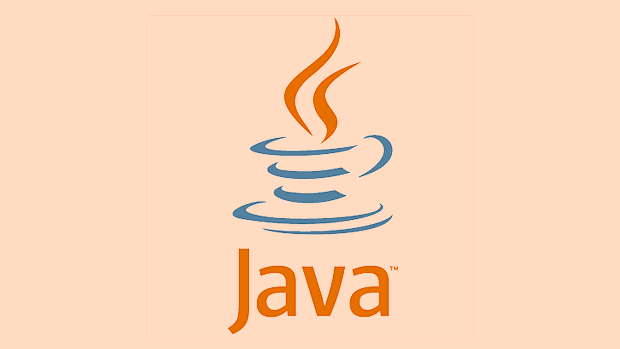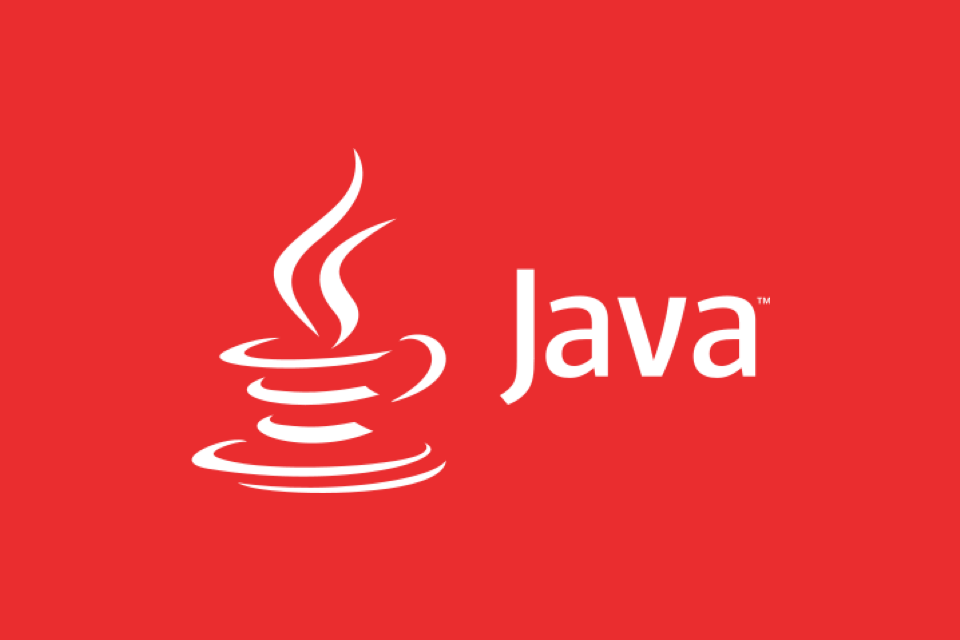The root cause of the java.lang.OutOfMemoryError: The Metaspace error is that the Metaspace area of ??the JVM is insufficient memory, which is usually due to loading a large number of classes, such as microservice frameworks, dynamic proxying and other scenarios. 1. Metaspace memory limits can be adjusted through -XX:MaxMetaspaceSize and -XX:MetaspaceSize; 2. Check for class loading leakage to avoid high-frequency generation of new classes and troubleshoot ClassLoader usage problems; 3. If Compressed class space overflow, you can increase the compressed class space through -XX:CompressedClassSpaceSize; 4. Optimize the code structure, reduce the abuse of anonymous internal classes, Lambda expressions and dynamic classes, improve class loading efficiency and release it in time.

java.lang.OutOfMemoryError: Metaspace error occurs when the Java application is running, indicating that the Metaspace area of ??the JVM is insufficient. Metaspace is mainly used to store class metadata information, such as class names, method definitions, fields, etc. Compared with the old version using PermGen, Metaspace is implemented based on local memory. Although it has strong automatic scaling capabilities, it does not mean that it will not overflow.

This problem usually occurs when a large number of classes are loaded, such as microservice frameworks, dynamic proxying, hot deployment, Groovy script execution and other scenarios. To solve it, you need to start from three aspects: configuration tuning, code optimization and troubleshooting of leaks.
1. Increase Metaspace memory limit
The JVM defaults to the size of a Metaspace, but it is limited by the system's available memory. If your application loads a large number of classes, you can manually set the maximum Metaspace size by adjusting the parameters:

-XX:MaxMetaspaceSize=512m
This parameter can prevent Metaspace from consuming too much system resources, and can also help you discover the root cause of the problem faster when there is insufficient memory.
You can also set the initial size:

-XX:MetaspaceSize=128m
?? Note: If
MaxMetaspaceSizeis set, you should also pay attention to GC behavior, because when the Metaspace is full, Full GC will be triggered to try to recycle useless class metadata.
2. Check whether a class loading leak has occurred (ClassLoader Leak)
The most common cause of Metaspace overflow is class loader leakage . Simply put, the application keeps loading new classes but not uninstalling old classes, resulting in continuous accumulation of metadata.
Common reasons include:
- Techniques that frequently generate dynamic classes (such as CGLIB, Spring AOP, Hibernate) are used.
- The application is frequently restarted in web containers (such as Tomcat) but the class loader is not cleaned
- ClassLoader is improperly used by third-party libraries
Troubleshooting method:
- Check the
ClassLoaderstatus in the stack information - Analyze memory snapshots using
jvisualvmorMAT - Add JVM parameters to view class loading statistics:
-verbose:class
Repair suggestions:
- Avoid generating new classes in loops or high-frequency calls
- Ensure that the ClassLoader is correctly released when the web application restarts
- If you use Spring Boot DevTools, note that it enables reloading mechanism by default, which may increase the class loading frequency
3. Enable Compressed Class Space
The JVM also has a Compressed Class Space called "Compressed Class Space" which is used to store class metadata using compressed pointers. The default size is 1G. If this area is full, a Metaspace OOM will also be reported.
If you find the prompt in the log is similar:
java.lang.OutOfMemoryError: Compressed class space
Then you need to adjust this area separately:
-XX:CompressedClassSpaceSize=512m
However, this situation is relatively rare, and most of the time it is still a problem of Metaspace itself.
4. Optimize the code structure and reduce the number of classes
Some projects have unreasonable structural design, which will lead to an explosive growth in the number of classes, such as:
- Too many anonymous inner classes or Lambda expressions are frequently compiled into independent classes
- Abuse of frameworks for dynamically generated classes (such as generating a new class for each request)
- Create a new ClassLoader instance for each request
These situations need to be optimized in combination with actual code. For example:
- Try to reuse existing classes instead of dynamically generating them every time
- Avoid using overly complex proxy logic on high concurrency paths
- For scripting languages ??like Groovy or JRuby, consider cached loaded classes
Basically that's it. Although the Metaspace problem is not as intuitive as heap memory, it can be located and solved in most cases by reasonably configuring class loading behavior analysis. The key is to understand how many classes your application loads at runtime and whether they are released in time.
The above is the detailed content of How to fix java.lang.OutOfMemoryError: Metaspace?. For more information, please follow other related articles on the PHP Chinese website!

Hot AI Tools

Undress AI Tool
Undress images for free

Undresser.AI Undress
AI-powered app for creating realistic nude photos

AI Clothes Remover
Online AI tool for removing clothes from photos.

Clothoff.io
AI clothes remover

Video Face Swap
Swap faces in any video effortlessly with our completely free AI face swap tool!

Hot Article

Hot Tools

Notepad++7.3.1
Easy-to-use and free code editor

SublimeText3 Chinese version
Chinese version, very easy to use

Zend Studio 13.0.1
Powerful PHP integrated development environment

Dreamweaver CS6
Visual web development tools

SublimeText3 Mac version
God-level code editing software (SublimeText3)

Hot Topics
 Difference between HashMap and Hashtable?
Jun 24, 2025 pm 09:41 PM
Difference between HashMap and Hashtable?
Jun 24, 2025 pm 09:41 PM
The difference between HashMap and Hashtable is mainly reflected in thread safety, null value support and performance. 1. In terms of thread safety, Hashtable is thread-safe, and its methods are mostly synchronous methods, while HashMap does not perform synchronization processing, which is not thread-safe; 2. In terms of null value support, HashMap allows one null key and multiple null values, while Hashtable does not allow null keys or values, otherwise a NullPointerException will be thrown; 3. In terms of performance, HashMap is more efficient because there is no synchronization mechanism, and Hashtable has a low locking performance for each operation. It is recommended to use ConcurrentHashMap instead.
 Why do we need wrapper classes?
Jun 28, 2025 am 01:01 AM
Why do we need wrapper classes?
Jun 28, 2025 am 01:01 AM
Java uses wrapper classes because basic data types cannot directly participate in object-oriented operations, and object forms are often required in actual needs; 1. Collection classes can only store objects, such as Lists use automatic boxing to store numerical values; 2. Generics do not support basic types, and packaging classes must be used as type parameters; 3. Packaging classes can represent null values ??to distinguish unset or missing data; 4. Packaging classes provide practical methods such as string conversion to facilitate data parsing and processing, so in scenarios where these characteristics are needed, packaging classes are indispensable.
 What are static methods in interfaces?
Jun 24, 2025 pm 10:57 PM
What are static methods in interfaces?
Jun 24, 2025 pm 10:57 PM
StaticmethodsininterfaceswereintroducedinJava8toallowutilityfunctionswithintheinterfaceitself.BeforeJava8,suchfunctionsrequiredseparatehelperclasses,leadingtodisorganizedcode.Now,staticmethodsprovidethreekeybenefits:1)theyenableutilitymethodsdirectly
 How does JIT compiler optimize code?
Jun 24, 2025 pm 10:45 PM
How does JIT compiler optimize code?
Jun 24, 2025 pm 10:45 PM
The JIT compiler optimizes code through four methods: method inline, hot spot detection and compilation, type speculation and devirtualization, and redundant operation elimination. 1. Method inline reduces call overhead and inserts frequently called small methods directly into the call; 2. Hot spot detection and high-frequency code execution and centrally optimize it to save resources; 3. Type speculation collects runtime type information to achieve devirtualization calls, improving efficiency; 4. Redundant operations eliminate useless calculations and inspections based on operational data deletion, enhancing performance.
 What is an instance initializer block?
Jun 25, 2025 pm 12:21 PM
What is an instance initializer block?
Jun 25, 2025 pm 12:21 PM
Instance initialization blocks are used in Java to run initialization logic when creating objects, which are executed before the constructor. It is suitable for scenarios where multiple constructors share initialization code, complex field initialization, or anonymous class initialization scenarios. Unlike static initialization blocks, it is executed every time it is instantiated, while static initialization blocks only run once when the class is loaded.
 What is the Factory pattern?
Jun 24, 2025 pm 11:29 PM
What is the Factory pattern?
Jun 24, 2025 pm 11:29 PM
Factory mode is used to encapsulate object creation logic, making the code more flexible, easy to maintain, and loosely coupled. The core answer is: by centrally managing object creation logic, hiding implementation details, and supporting the creation of multiple related objects. The specific description is as follows: the factory mode handes object creation to a special factory class or method for processing, avoiding the use of newClass() directly; it is suitable for scenarios where multiple types of related objects are created, creation logic may change, and implementation details need to be hidden; for example, in the payment processor, Stripe, PayPal and other instances are created through factories; its implementation includes the object returned by the factory class based on input parameters, and all objects realize a common interface; common variants include simple factories, factory methods and abstract factories, which are suitable for different complexities.
 What is the `final` keyword for variables?
Jun 24, 2025 pm 07:29 PM
What is the `final` keyword for variables?
Jun 24, 2025 pm 07:29 PM
InJava,thefinalkeywordpreventsavariable’svaluefrombeingchangedafterassignment,butitsbehaviordiffersforprimitivesandobjectreferences.Forprimitivevariables,finalmakesthevalueconstant,asinfinalintMAX_SPEED=100;wherereassignmentcausesanerror.Forobjectref
 What is type casting?
Jun 24, 2025 pm 11:09 PM
What is type casting?
Jun 24, 2025 pm 11:09 PM
There are two types of conversion: implicit and explicit. 1. Implicit conversion occurs automatically, such as converting int to double; 2. Explicit conversion requires manual operation, such as using (int)myDouble. A case where type conversion is required includes processing user input, mathematical operations, or passing different types of values ??between functions. Issues that need to be noted are: turning floating-point numbers into integers will truncate the fractional part, turning large types into small types may lead to data loss, and some languages ??do not allow direct conversion of specific types. A proper understanding of language conversion rules helps avoid errors.






